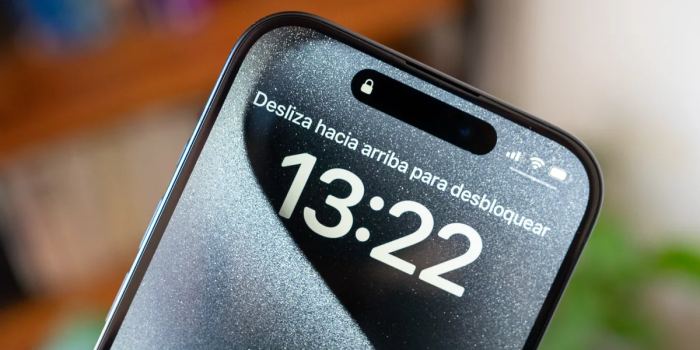In the intricate world of iPhone production, Apple has been quietly employing a remarkable yet imperceptible tool to maintain quality and manage production costs effectively. A recent report from The Information unveils Apple’s innovative strategy, which involves engraving minuscule QR codes onto the iPhone’s glass cover, undetectable to the naked eye.
Since 2020, this covert approach has played a pivotal role in Apple’s relentless pursuit of perfection in its iconic products. These microscopic QR codes, akin in size to a grain of sand, are strategically etched onto the iPhone’s glass cover at various stages of manufacturing. Their purpose is to serve as invisible sentinels, aiding Apple in monitoring and mitigating defects within its intricate supply chain. However, these codes can only be unveiled by specialized laser and scanning equipment, carefully integrated into the manufacturing processes at Apple’s Chinese suppliers’ facilities.
The significance of these QR codes lies in their ability to provide Apple with crucial insights. They enable the tech giant to track the production and rejection rates of glass cover units, a task that its suppliers, Lens Technology and Biel Crystal, had previously resisted. By implementing this covert system, Apple ensures that it pays only for glass covers that meet its stringent quality standards. The report suggests that this innovative approach has translated into substantial annual savings, amounting to hundreds of millions of dollars.

Creating these inconspicuous QR codes posed a formidable challenge for Apple. Initially, the codes were laser-etched onto the glass, but this compromised its structural integrity, making it susceptible to cracking, particularly in drop tests. To overcome this hurdle, Apple’s engineers embarked on a journey of innovation. They devised ingenious techniques using microscopic lenses equipped with ring lights, which delicately imprint a tiny indentation on the glass to engrave the QR code, all while preserving its strength.
The placement of these QR codes varies across different iPhone models. For instance, on the iPhone 12, the code is discreetly positioned just above the front speaker. In newer iterations, such as the iPhone 15, the code is laser-engraved onto the black frame at the bottom edge of the screen.

Beyond these clandestine QR codes, Apple continues to address challenges in its products. Recently, some iPhone 15 users reported issues with overheating. In response, Apple acknowledged that one contributing factor to this problem is the high level of background activity during the device setup or restoration process.
While this may lead to the device feeling warmer for a few days, Apple has assured users that it is actively working on resolving this issue, emphasizing its unwavering commitment to customer satisfaction and product excellence.


